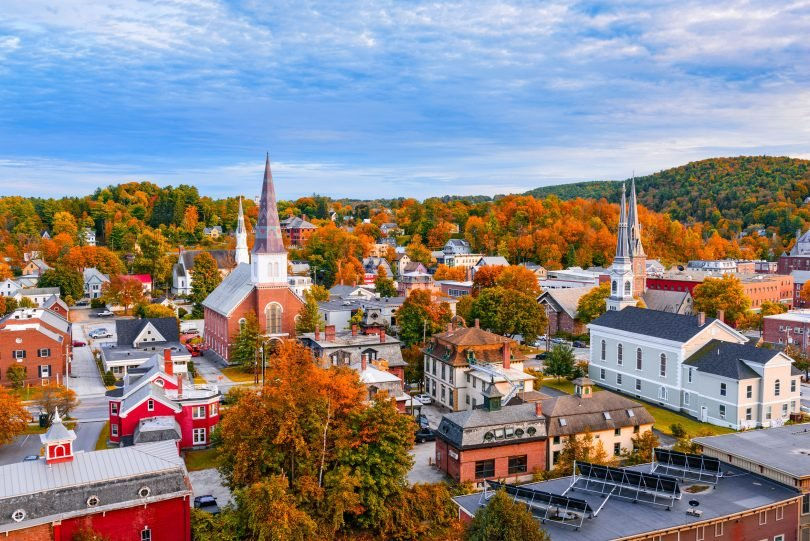Bo(a)red of Conservation? Never!
- marjoriemcwilliams
- Aug 4, 2021
- 4 min read

This Monday we had the privilege of presenting our internship experience to the Burlington Conservation Board! The Burlington Conservation board was established in 1989, a collective of 9 Burlington residents appointed by the City Council, although currently the board is comprised of 8 individuals, with a vacancy. The Conservation Board was designed to advise the city of Burlington on matters concerning natural resources and conservation, particularly in terms of land development and land use policy. The goal of The Board is to help the city make conscientious environmental decisions in balance with other interests, such as the local economy. I had never even heard of the Burlington Conservation Board before and was interested to learn of the kinds of issues they consulted on. Out of the three of us, I am the most interested in policy and government surrounding environmental decisions while Libby and Nora tend towards natural sciences and ecology. This has resulted in me gaining an extraordinary amount of unsolicited bird facts! Luckily for me, this meeting was not centered around the varied colorations of different birds of prey. Instead, one of the topics being discussed was Steep Slope Zoning Standards, an important regulation for erosion prevention and sediment control as well as stormwater management. The Board discusses whether the standard should apply to all developments with steep slopes, whether there should be a minimum threshold of applicability and similar technical questions that require the expertise of The Board. From introductions, it’s clear that The Board is made up of very qualified, passionate individuals with a range of ages and backgrounds in everything from engineering to wildlife biology.
The meeting began at 5:30 in a cool, dim conference room at the Conservation Board’s headquarters on Pine Street. Libby, Nora and I arrived straight from goat monitoring, hoping that our disheveled, sweaty appearances would be acceptable to the other meeting-goers. We weren’t sure what to expect from this meeting at all and figured our presentation would give more than enough context for our grubby appearances. After introductions, comments on previous meeting’s minutes and public statements, we were the next agenda item, titled “Invasive Species Management ''. Truthfully, after hearing public comments concerning open space regulations and steep slope thresholds I was feeling a little out of my depth. I wondered why we were here, covered in goat grime, prepped with a slideshow of photos and an informal litany of our weekly ventures which didn’t seem entirely relevant to the policy issues the Board advises on. Nevertheless, Dan Cahill, Land Steward at BPRW and our official Perennial Internship supervisor, introduced the concept of a Perennial Internship to the Board Members and the overarching idea behind this specific internship, which is to serve as a collective task force for invasive species management. We followed his introduction with an informal presentation of our main projects; The Fair Share CSA, our goutweed experimentation, weekly volunteer invasives removal with The Intervale, gleaning and native tree planting. We illustrated the connection between community building and effective conservation, food insecurity and creative invasives removal, ecological restoration and native tree knowledge. In about ten minutes of presenting we had cycled through our topics, taking turns between the three of us and likely over elaborating as a by-product of our enthusiasm.
At times, I felt self-conscious that our presentation lacked a conspicuous goal or finding. Instead we focused on the intention behind our projects and the overlapping spheres in the Burlington community that are helping us build connections and revise our strategies. From my perspective, I felt it was more important to convey how broad our range of work is and how helpful different lenses, from natural to social sciences, have been in discovering new elements and approaches to restoration work. When we remove Japanese Knotweed, we are obligated to consider the erosion we are accelerating by removing a bank stabilizer. When we propose foraging as a road to food security, we must also address the time barriers that exist for low income, working heads of households. It keeps us humble! I feel passionately about the necessity of intersectionality in problem solving issues in general and embracing the challenges of taking decisive action in a world of inevitable tradeoffs. I strongly believe that solving issues to the best of our ability requires casting a wide net. This aligns with my belief that poverty should be better represented in the feminist movement, and that the overtly racist roots of environmentalism cannot be ignored in the pursuit of progress. This value means we strive to include as many narratives and backgrounds into our framework.
I can imagine that we were preaching to the choir that evening! A task force like the Burlington Conservation Board must be all too aware of the cause and effect of seemingly innocuous decisions across all sectors of life. How the decision to develop land, use a chemical or clear a forest has the power to impact people, ecosystems, animals, habitats and businesses to varying positive or negative degrees. Forming decisions in the face of endless factors is the constant struggle of environmentalists, lawmakers, land managers, concerned residents and others. We are rookies, only just tipping our toes in as we broaden our experiential intake to include views and interests that complicate our visions of what successful land management looks like. While I may have been questioning the relevance of our presentation to the Board, in hindsight I am assailed by the inherent value of sharing our budding work with the ears of invested local environmentalists. I’m hopeful that while our summer projects may be coming to a close in the coming weeks, that we have at least succeeded in creating a framework for future UVM Rubenstein Perennial Interns. Management practices may be removal at it’s core, but the responsibility extends far beyond that, bleeding into territories such as public health, ecosystem resilience, and social justice.





Comments